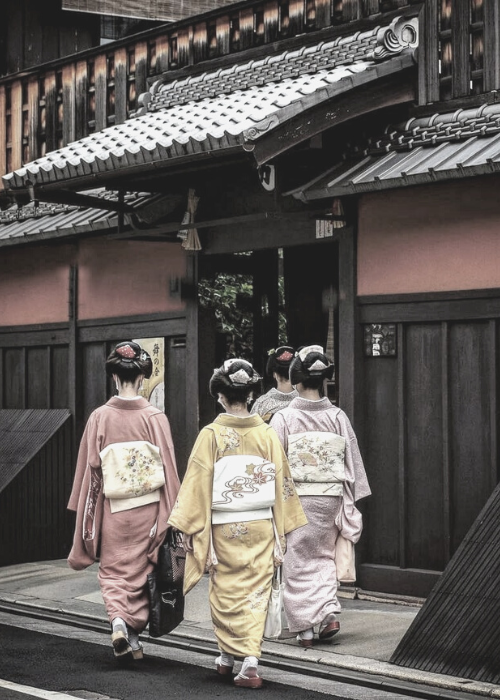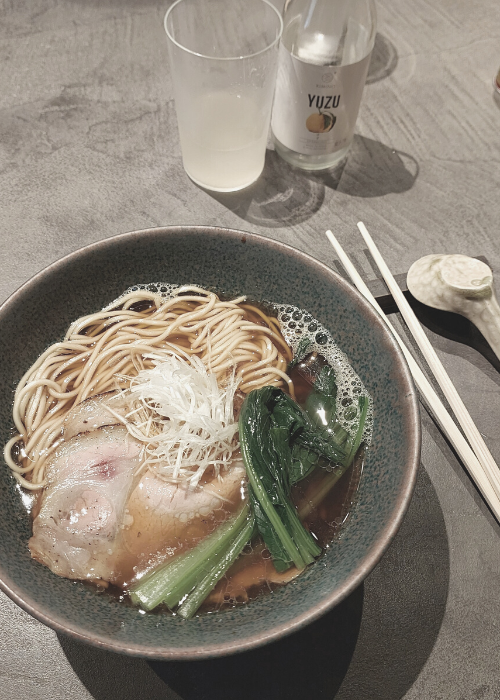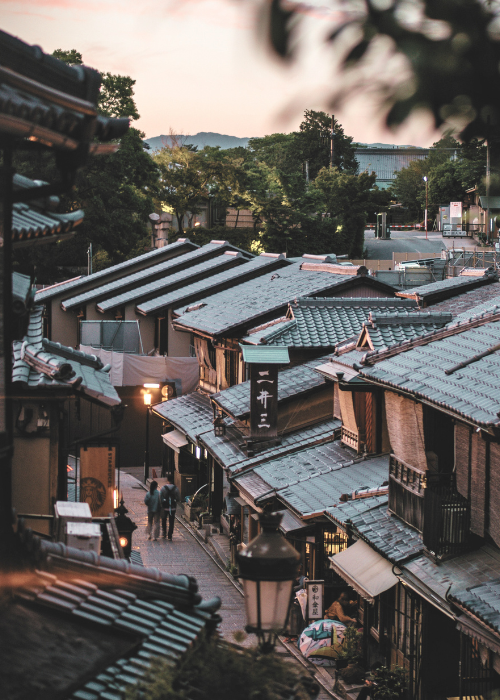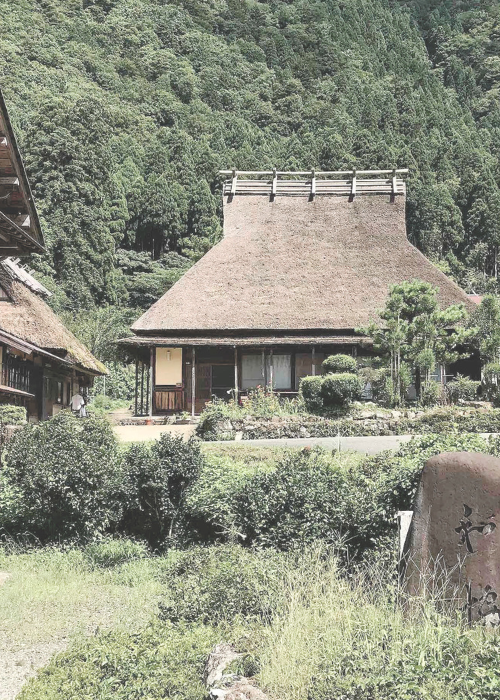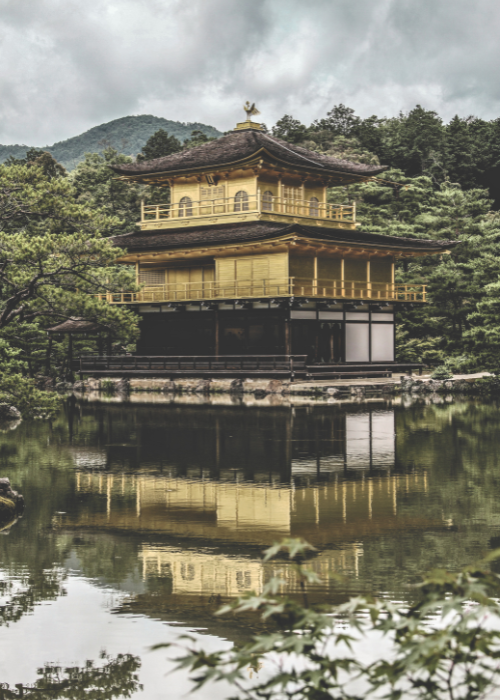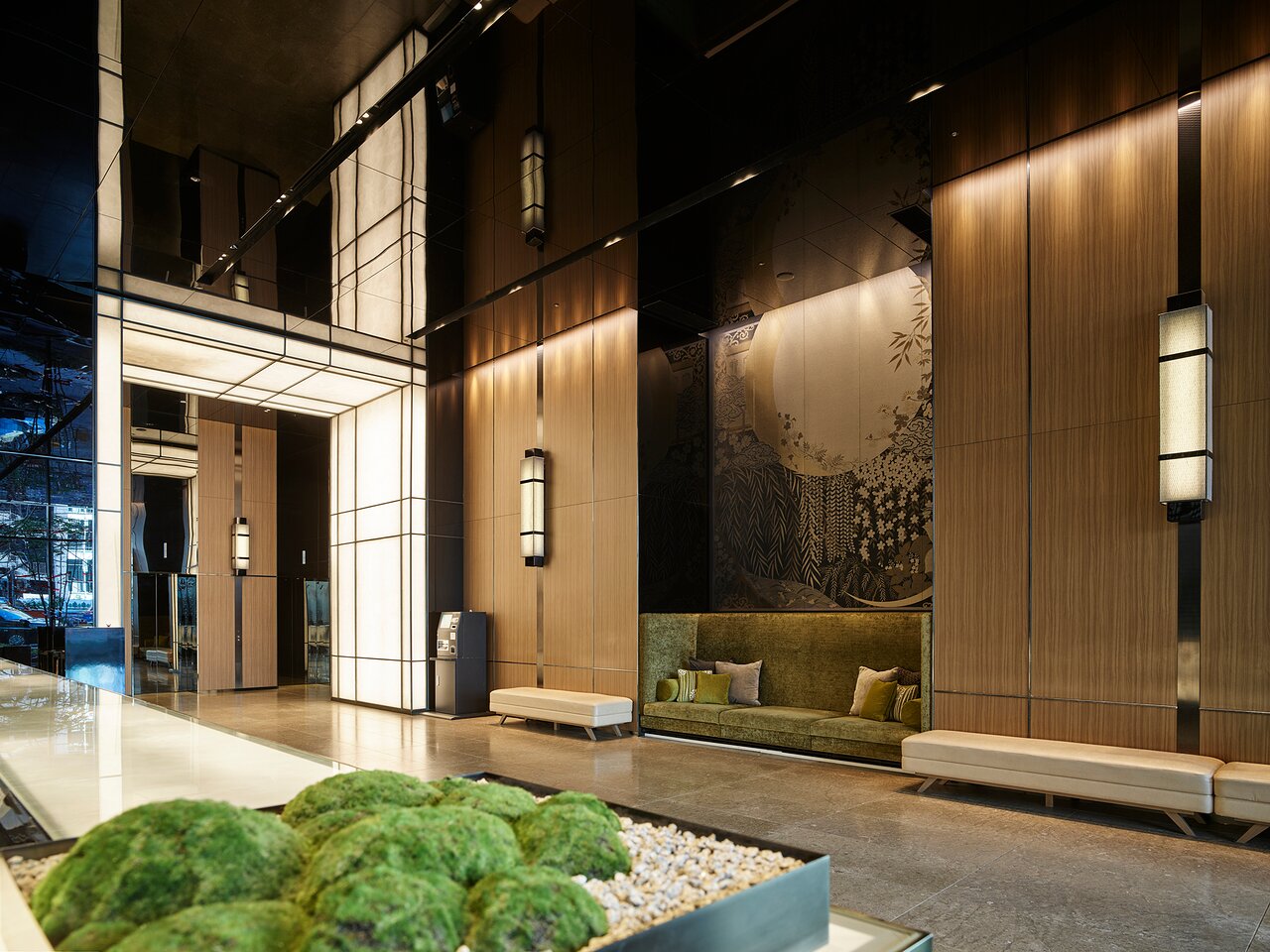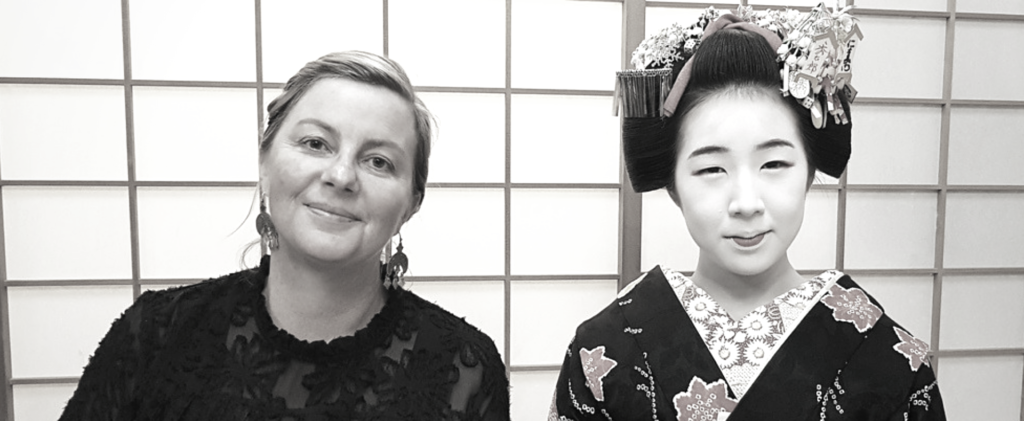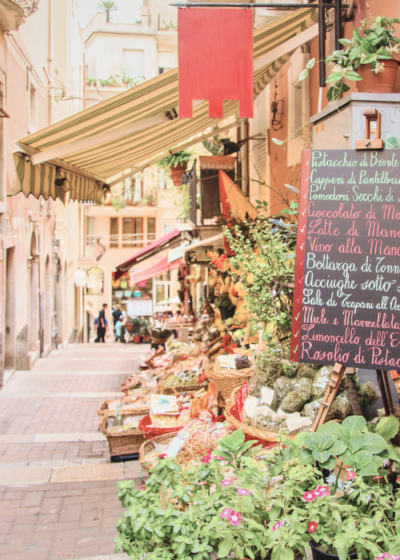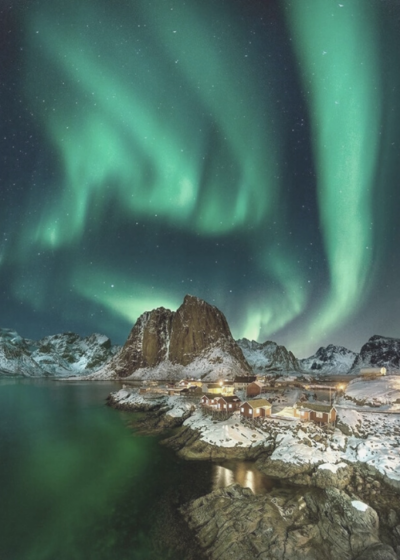Day 1 – Arrive in Tokyo.
Arrive at Tokyo, pass through immigration; collect your luggage and clear customs.
*If you have booked an arrival transfer through us, our assistant will meet you just outside of the secure area, and they will take you to the hotel by private van transfer.
Check into the hotel and relax.
Arrival time is relatively scattered this evening, so have a good rest, ready for the week ahead.
Overnight: Mitsui Garden Hotel Ginza Premier.
Day 2 – Tokyo.
*We will all catch up at breakfast for a Meet & Greet and go over the week ahead.
The best way to discover a city, is by walking it and riding it’s rails, and today we do both.
Our first stop this morning is the Tsujiki Outer Market. Tsukiji’s Outer Market is a bustling hub of activity. You’ll still find plenty of ultra-fresh seafood and produce, a whole host of street food and snacks to try, and pick up unique souvenirs, ranging from sushi knives to handmade ceramics. The restaurants typically open from 5:00 in the morning to around noon or early afternoon because most of the fish served and sold at the Outer Market is delivered directly from Toyosu Market, so it is one of the best places in Tokyo to enjoy fresh seafood. Tsukiji is the best place to learn Japanese culinary culture and the history of Tokyo.
After tasting our way through the market, we stroll back to Ginza and take the train to Asakusa, where Tokyo’s history and culture come alive. This district is steeped in history and is known for its ancient Buddhist temple, Senso-ji. Tokyo may not have as many temples as Kyoto, but Senso-ji isn’t the capital city’s most popular just by default. Established in the 7th century, Senso-ji is Tokyo’s oldest temple. The main hall and iconic five-story pagoda honour Kannon, the goddess of mercy and compassion. A visit to Senso-ji can be a moment of reflection, gratitude, and prayer for health and happiness. Japanese visitors flutter around a large cauldron in front of the temple, with incense burning inside, which is said to benefit good health.
From the iconic Kaminarimon Gate, we will stroll long Nakamise-dori to Sensoji. We will also wander Denboin Street (also called Denboin-dori), a quaint, old-fashioned shopping street that runs from the west side of Nakamise Street for about 200 meters. Denboin Street is very well preserved, with many traditional shop buildings dating back a hundred years or more.
After a fabulous day, we return to Ginza and the hotel. Your evening is free.
Overnight: Mitsui Garden Hotel Ginza Premier. (B / L)
Day 3 – To Kyoto. Tea & Art.
This morning, we taxi to the station and board our shinkansen to Kyoto. This is about a 2-hour journey. (We grab a Bento Box at the station before we board for our lunch.) We are met at Kyoto Station by our driver.
We transfer to Gallery Nichinichi, regarded as one of the finest galleries for contemporary applied and decorative art in Japan. Nichinichi, nestled in a century-old Japanese house, is the perfect blend of gallery, “artist’s residence,” and tea room. Toka Tea Room offers a captivating tea experience. The tea room brews tea using freshly drawn groundwater that springs from the grounds, and you experience an entirely new encounter with Japanese tea. We will try out a Hakuda Organic Tea Pairing Course where we taste tea and sweets. You will be guided to a whole new world of sencha, with hot or cold tea and brewing methods suited to the variety, manufacturing method, and place of origin.
We then transfer to our hotel, and check in. This evening, we dine together at the hotel.
Overnight: Dhawa Yura Kyoto (B / Bento Box / Tea Tasting / D)
Day 4 – Temples, Gardens, & Craft Shops
This morning we travel to the Sagano area, just north of Arashiyama. Sagano is in the far west of Kyoto, tucked along the base of the Arashiyama Mountains (meaning “Storm Mountains”). Saga Arashiyama was once a retreat for aristocrats, where the Heian culture (794-1185) was fostered.
We will stop for tea and seasonal sweets at Hiranoya, a traditional thatched roof house with over 400 years of history.
We will start the day with a visit to Otagi Nenbutsu-ji, known for its’ 1,200 stone Rakan (disciples of Buddha) statues that make their home here. These statues were individually carved by worshippers in the 1980’s as part of the Temple restoration project, and each is unique in pose and expression.
We will carry on to Adashino Nenbutsu-ji, known for its cemetery with an ancient section, home to 8,000 Buddhist statuettes and stupa erected in homage to the souls of those who dies without family. On the grounds is also a small but very picturesque bamboo grove. And much, much less trafficked than the ‘known’ Bamboo Forest down the road..
We will wander Saga Toriimoto Preserved Street, a section of Atago Kaido, an ancient pilgrimage route leading to one of the major shrines in Kyoto. We enjoy the traditional streetscape with historic buildings that date from the late 1800s to early 1900s. We will have a chance to browse through a variety of handicraft shops offering traditional bamboo goods, washi paper, incense, indigo goods, and more.
We will drop into Kotouen Shigaraki Pottery Shop. Opened in 1817, it is famous for its’ high quality pottery, and its’ Shigaraki ware is highly prized for its’ unique texture and tones. This is the pottery world of Hasegawa Shouichi, a pottery legend in the Arashiyama area.
Lunch will be a fabulous mini-Kaiseki meal at the likes of Ayu no Yado Tsutaya.
Tucked away in the streets of Arashiyama is Gioji Temple. Comprised primarily of a charming moss garden and a single thatched-roof building, this temple was originally a nunnery that fell into disrepair over time. The moss garden is particularly lovely in summer and autumn, with lush green fed by the rainy season and dotted with flowers, then contrasting fall colors. A stream runs through the garden and various types of moss make up the softly marbled green surface.
After a stunning day, we return to the hotel. Your evening is free.
Overnight: Dhawa Yura Kyoto. (B / L)
Day 5 – Countryside: Miyama
Today after breakfast, we drive out of Kyoto for a day trip. We will head into the countryside for amazing architecture, art, nature and traditional crafts.
For centuries, Miyama has provided a peaceful mountain retreat from nearby Kyoto. The region is well known within Japan for its traditional village atmosphere, with many small hamlets nestled between steep forested mountains. Miyama means ‘beautiful mountains’. The mountains have not only dictated the name of the region but also played a key role in the development of Miyama’s culture and way of life. This culture is still alive today, the farmers of Miyama grow more food than is needed to support the population of around 4200, and houses are still built using local wood harvested from the forests. The people of Miyama maintain a deep connection with the nature that surrounds them, and the rhythm of the seasons dictates much of what people do and when they do it. Appreciation and gratitude for nature remain the foundation of the culture that has been preserved for more than 1000 years in these valleys.
We spend the day exploring the thatched village of Kayabuki no Sato and surrounds; the Kayabuki Art Museum & Folklore Museum; the Little Indigo Museum (a privately owned museum of indigo dyeing artist, Hiromichi Shindo); Chii Hachiman Shrine; the Ishida Farm House; and the Shrine of Karasu Dengaku (designated a Kyoto Prefectural Intangible Folklore Cultural Property); all dependent on opening days.
Lunch will be home-grown buckwheat noodles, Miyama water, and hand-made soba served in a thatched roofed house.
We return to Kyoto in the early evening and to the hotel. Your evening is free.
Overnight: Dhawa Yura Kyoto. (B / L)
Day 6 -Shrines, Museums & Markets
This morning, after breakfast, we’ll visit the striking Heian Jingu shrine. The torii gate leading up to the Heian Shrine is actually one of the largest in the country, towering overhead at a height of about 24 meters. We enter through the grand Ōtenmon Gate into the outer sanctuary, a sprawling open space surrounded by lookout towers with a large ritual hall directly ahead. The Shin’en Garden, which consists of four distinct sections and took two decades to create.
We will wander over to Kyoto Okazaki Tsutaya Books – for perusing and coffee. This amazing store is where “tradition and the cutting edge” of art and culture resonate throughout all floors and divided into four different scenarios -“Eat & Drink”, “Interiors”, “Wear” and “Think”. In addition to some 60,000 books covering a wide range of fields, as well as stationery and handicrafts that bring art into daily life, the store also has several art spaces featuring the trending contemporary artworks.
We then visit the The Kyoto Museum of Crafts and Design,. The museum highlights the city’s 74 traditional craft categories through multimedia displays and pop-up exhibitions that zero in on themes such as geiko (or geisha) costumery and kabuki dance-dramas. If we are lucky, we will be there when traditional ceramicists, kyo-nui embroiders and lantern makers pop in for craft demonstrations.
We will also drop into the stunning Essence Kyoto, a refined ceramics shop showcasing modern Japanese folk art and seasonal collections from local artists.
After lunch, we walk through the Nishiki-koji food market, known to the locals as Kyoto daidokoro or Kyoto’s kitchen. There is an eye-popping assortment of fresh seafood, meats, pickles, tofu, miso, Kyoto’s famous vegetable varieties (Kyo-yasai) and many other local delicacies, and of course, there will be plenty of foods to sample. We will explore the local vicinity, including incredible design and gallery stores, handmade paper shops, a famous Kyoto tea store, and antique and textile specialists. We’ll visit shops specializing in items for the cooking and dining enthusiast; think finely crafted chopsticks, placemats, dishes, storage containers, knives and other distinctly Japanese kitchen utensils.
We might stop for a coffee at Otafuku, a retro kissaten. These retro cafes serve ink-black coffee, and hints of European belle époque. We’ll have to descend the stairs to this warm little basement café, and as we walk through the door, the din of downtown Kyoto subsides, replaced by cool jazz along the lines of Miles Davis.
En-route back to the hotel, we stroll through the atmospheric, lantern-lit alleyway of Pontocho. Ponto-chō is composed of a single narrow street extending along the Kamogawa River that comes to life at night as the small restaurants, teahouses, and bars open their doors.
We return to the hotel with our goodies for a rest and refresh. Your evening is free.
Overnight: Dhawa Yura Kyoto. (B / L)
Day 7 – Higashiyama & Gion
This morning, we discover the Higashiyama district of the city, starting with a visit to Kawai Kanjiro’s house and studio. For lovers of design, art, and architecture, a visit to Kawai Kanjiro’s house will not disappoint. It’s a rare opportunity to discover the style and humanity of a wonderful Japanese artist who influenced generations of potters and craftsmen. Kanjiro not only designed the house but also crafted most of the furniture and artwork that gave this memorial museum its unique character and style. Left exactly as it was when Kanjiro lived in it with his children and grandchildren, the home features his vast body of work, which includes ceramics, sculpture, wood carvings, and calligraphy. Part Machiya townhouse and part rustic country home, it is one of very few original Kyoto residences open to the public.
We will then wander over to the World Heritage-listed Kiyomizu-dera, one of Kyoto’s most ancient temples, built without a single nail. The temple’s wooden stage is undoubtedly what the temple is most famous for, offering an outstanding panoramic view of Kyoto rising out of a sea of maples. Two streets near Kiyomizu-dera temple, the steep Sannenzaka and meandering Ninenzaka, are among the most popular shopping streets in Kyoto. Composed almost entirely of traditional wooden buildings, on these streets it’s easy to feel as if you’ve slipped back in time while making your way up the stone paths, passing by shops selling a variety of goods, from traditional crafts to more local treats.
Two streets near Kiyomizu-dera temple, the steep Sannenzaka and meandering Ninenzaka, are among the most popular shopping streets in Kyoto. Composed almost entirely of traditional wooden buildings, on these streets it’s easy to feel as if you’ve slipped back in time while making your way up the stone paths, passing by shops selling a variety of goods, from traditional crafts to more local treats.
Gion district was originally developed to serve food and drinks for pilgrims visiting Yasaka Shrine, and this district has flourished as the largest geisha quarter in Kyoto. Gion is now home to exclusive restaurants, casual cafés, sweet shops, and art and crafts shops. We will stroll through picturesque cobblestone streets as well as Gion Shirakawa, where weeping willow trees are lined along the canal. If you are an art lover, you will love Shinmonzen Street, with many antique shops that carry Japanese pottery, paintings, woodblock prints, hanging scrolls, and other art and crafts.
Return to the hotel for rest & refresh.
Tonight we will meet in the hotel bar for a drink before we depart for our final meal together.
Overnight: Dhawa Yura Kyoto (B / L / D)
Day 8 – Depart
Your final day. Say farewell to Kyoto!
Enjoy a lazy breakfast, and then prepare for your transfer to Osaka Airport. (B)
NOTE: Today is the day of the Kobo-ichi Market. On the 21st day of each month, the temple grounds are transformed into a small market town with hundreds of stalls. Among the market traders and keen-eyed bargain hunters, you may also see and hear monks praying and chanting at various locations around the grounds. Pretty much anything you can imagine is on sale here: antiques, artwork, pottery, lacquerware, calligraphy materials, tea ceremony utensils, cutlery, curios, plants, flowers, and bonsai trees.
For those who wish to get up early enough, this would be a fantastic way to end your Kyoto Deep Dive.


